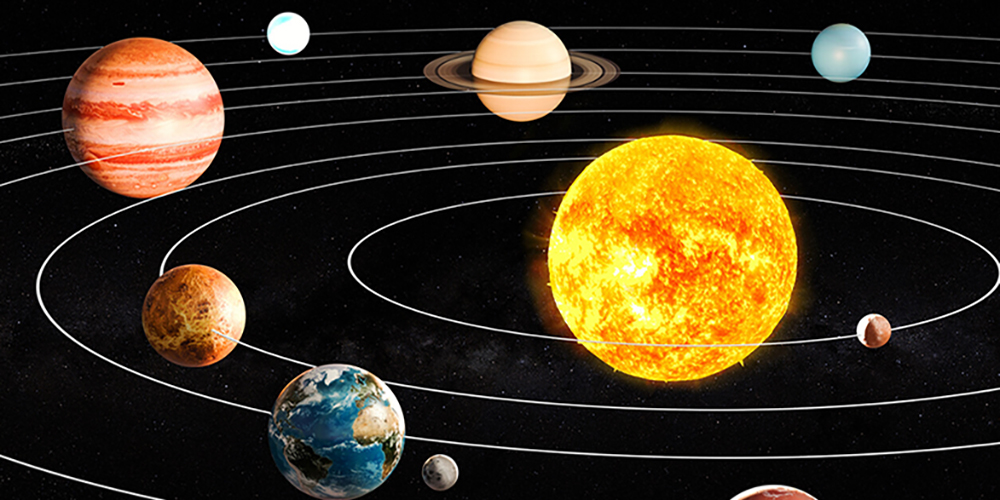The Solar System: An Overview of Its Structure and Components
Our solar system consists of the Sun, a variety of orbiting bodies including eight planets, their moons, and numerous smaller objects like dwarf planets and comets. The vast distances and interactions between these planetary bodies create a complex gravitational ballet that has been studied for centuries. The planets’ orbits are mostly elliptical orbits, a discovery that was revolutionary at the time of Kepler, who first observed that not all orbits are perfect circles as previously thought in the geocentric model of the universe. For students needing assistance with scholarship applications, a scholarship essay writer for money can provide expert guidance to ensure that your essay effectively communicates your achievements and aspiration
The Laws of Planetary Motion: Historical Insights and Modern Understanding
The three fundamental laws developed by Johannes Kepler form the cornerstone of celestial mechanics. According to the source where you can buy research papers Kepler’s laws articulate that every planet’s orbit is an ellipse with the Sun at one of the two foci, a line segment joining a planet and the Sun sweeps out equal areas during equal intervals of time, and the square of the orbital period of a planet is proportional to the cube of the semi-major axis of its orbit. These laws were formulated based on meticulous data provided by the famous astronomer Tycho Brahe and later corroborated through Newton’s laws of motion and universal gravitation, enhancing our capability to accurately predict the planetary movement.
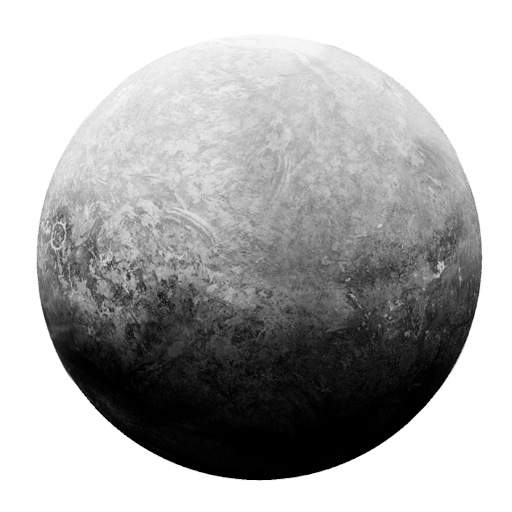
How Planetary Movement Affects Earth’s Environment
Planetary movement has profound effects on Earth’s environment, impacting everything from seasonal weather patterns to the long-term stability of climate. The specific characteristics of Earth’s orbit, according to writepaper reviews, including its elliptical path and tilt, dictate the distribution and intensity of sunlight received, which drives both weather and climate. Additionally, the gravitational interactions not only between Earth and the Moon but also with other planets like Jupiter significantly influence Earth’s tides and geological activity, showcasing the interconnectedness of planetary bodies within the solar system.
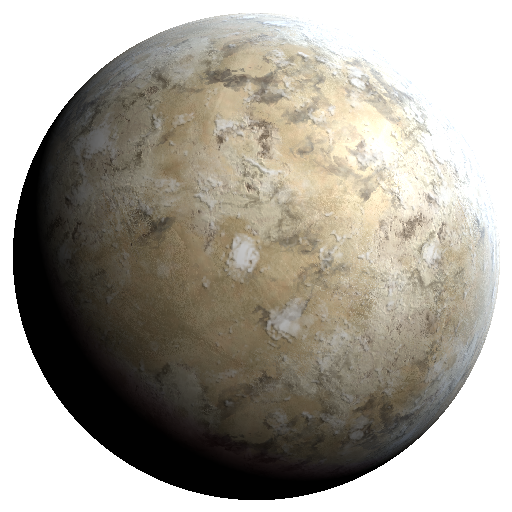
The Role of Elliptical Orbits in Planetary Movement
The nature of elliptical orbits allows planets to have varying distances from the Sun, which in turn affects their environmental conditions. This variance can influence not only the climate and seasons on a planet like Earth but also the potential habitability of other planets. Understanding these orbits, governed by Kepler’s laws, especially the law stating that planets move faster when nearer to the Sun, helps scientists predict weather patterns, climate changes, and even potential changes in planetary environments.
Understanding Planetary Orbits: The Paths That Define Our Solar System
The paths or planetary orbits are crucial for determining the environmental conditions of each planet, including Earth. For instance, Earth’s slightly elliptical orbit affects the seasonal changes we experience. Furthermore, Kepler’s second law of planetary motion—that a planet sweeps equal areas in equal times—shows that planets move faster when they are closer to the Sun due to the conservation of angular momentum, an insight that deepened the understanding of orbital motion across our solar system.
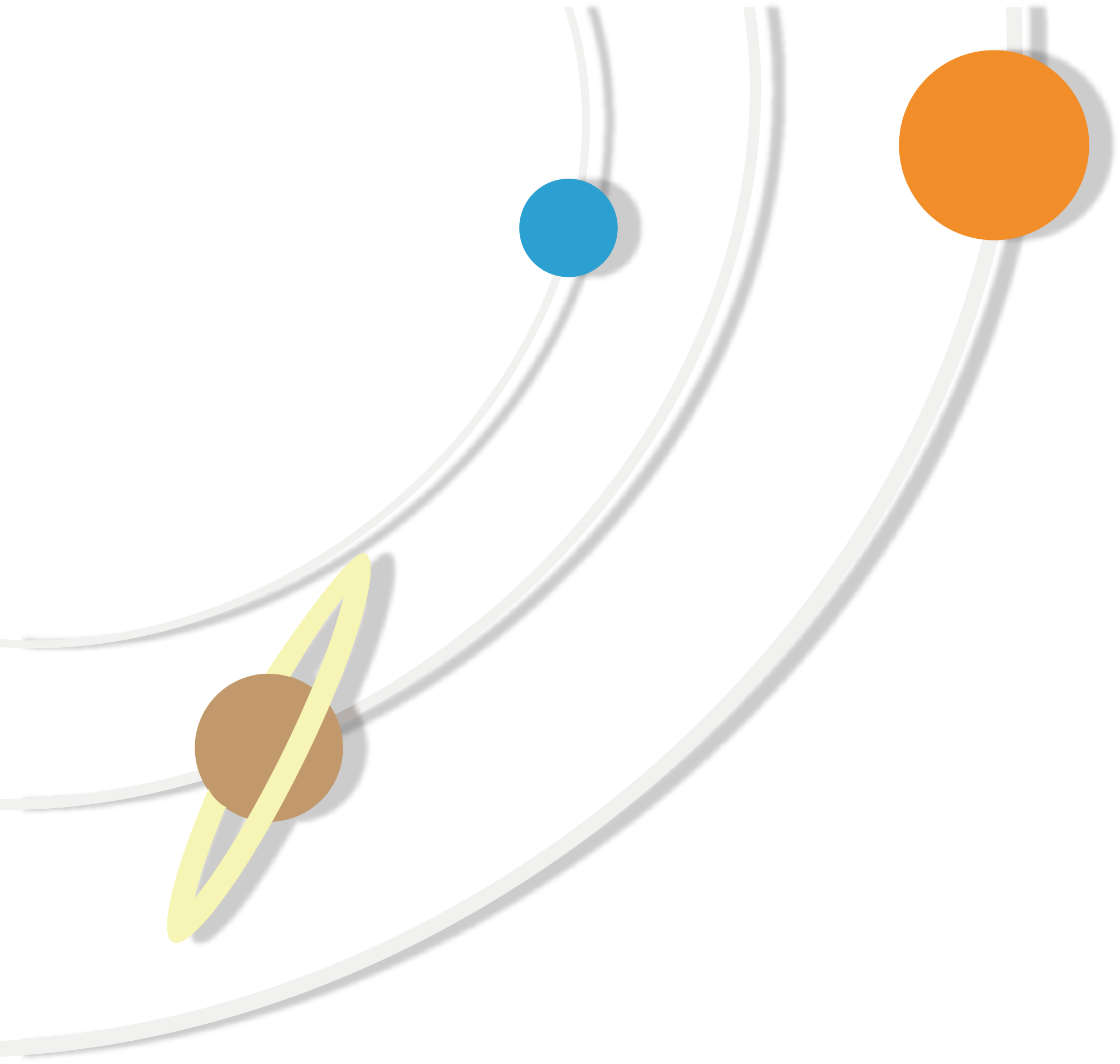
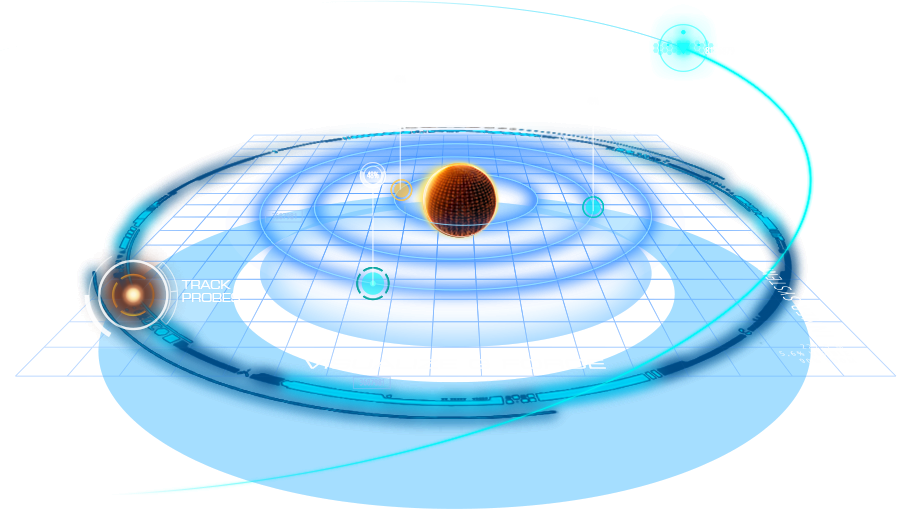
Observing Planetary Movement: Tools and Techniques for Amateurs and Experts
Observing planetary movement is a fascinating endeavor for both amateur stargazers and professional astronomers. Techniques range from simple naked-eye observations of the night sky to the use of advanced telescopes equipped with the capability to track celestial objects across the sky. For those looking to delve deeper, modern astronomy offers a plethora of tools such as space telescopes and high-precision instruments that can measure orbital periods and track planetary orbits with incredible accuracy, providing deeper insights into the mechanics of our solar system.
Future Explorations: What’s Next in the Study of Planetary Movement
The future of studying planetary movement promises exciting advancements. With new space missions and telescopes, both orbital and surface-based, researchers aim to explore not just the familiar planets but also dwarf planets like Pluto and the more distant objects in the Kuiper Belt and beyond. This ongoing exploration will likely revise our understanding of the solar system and broaden our knowledge of planetary dynamics in other star systems, potentially leading to discoveries that could redefine the principles like Kepler’s laws that we currently see as foundational.
